contributor
XBovey Lee
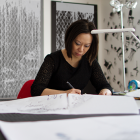
- See All Works
- visit website
- [email removed]
I am a cut paper artist currently based in Los Angeles, California, USA. Born in Hong Kong and having practiced Chinese calligraphy since the age of ten, I studied painting and drawing in my formative years and completed my B.A. degree in Fine Arts at the Chinese University of Hong Kong. In 1993, I came to the United States as a painter and earned my first Master of Fine Arts degree from the University of California at Berkeley. Subsequently, I earned a second M.F.A. in computer graphics and interactive media at Pratt Institute in New York in 1999. From 2000-2014, I lived and worked in Pittsburgh where I created my first cut paper work in summer 2005. Since 2008, I have maintained a full-time studio practice. Exhibitions include Museum Kunst der Westkueste, Foehr, Germany; Museum of Craft & Design, San Francisco; Nevada Museum of Art; Mesa Contemporary Arts Museum, Arizona; Cornell Museum of Art & American Culture, Delray Beach, Florida; Wing Luke Museum, Seattle, Washington; Brooklyn Museum of Art; Shelburne Museum, Vermont; Museum Bellerive, Zurich, Switzerland; National Glass Centre, Sunderland, UK; Blackburn Museum, UK; Museum of Fine Arts, Beijing, China; Fukuoka Museum of Art, Japan; Hong Kong Museum of Art; Museum Rijswijk, The Netherlands; among others. Over a dozen books featuring my cut paper include Paper Secret Iⅈ (Hightone, Guangzhou); Paper Play (Sandu, Guangzhou); Freehand (Chronicle Book, San Francisco); 500 Paper Objects (Lark Crafts, Asheville); Art of Paper (Monsa, Barcelona); Paradise of Paper Art (Designerbooks, Beijing); Material World (Virgin Books, London); Paper Works (Sandu, Guangzhou); Push Paper (Lark Books, New York); l’art de la decoupe (Editions Alternatives, Paris); The New Encyclopedia of Origami and Papercraft Techniques (Quarto, London); and High Touch, Illusive 3, Papercraft 2, and Papercraft (Gestalten, Berlin). Institutional collections include the Ashmolean Museum of Art and Archaeology, Oxford University, UK; Pacific Asia Museum, Pasadena, California; Hong Kong Museum of Art; The Chinese University of Hong Kong; BNY Mellon Corporate Art Collection; Fidelity Corporate Art Collection; Headland Capital Partners, Greater China & Asia; Park Hyatt Sanya, China; and Progressive Corporate Art Collection. Corporate commissions and editorials include Lancome, China; APM, Hong Kong; The Washington Post; Panasonic; The New York Times Magazine; Art@Government Buildings, Hong Kong; Hugo Boss; Pacific Place, Hong Kong; F.P. Journe; and Annabelle Magazine, Switzerland; among others. Grotto Fine Art in Hong Kong; Rena Bransten Gallery in San Francisco, California; and Gavlak Gallery in Palm Beach, Florida and Los Angeles, California represent my works. Selected works are also available at Fost Gallery, Singapore.
My hand cut paper explores the tension between man and the environment in the context of power, sacrifice, and survival. These three “motivators,” as I call them, drive all our desires and behaviors toward one another and the environment. We live in a time when we overdo everything from technology to urbanization to consumption. My recent work is informed by our precarious relationship with nature in the twenty-first century, i.e., what we do to the environment with our super machines and technologies and what nature does back to us in reaction. I hand cut each work on a single sheet of Chinese xuan (rice) paper backed with silk; both are renewable and eco-friendly materials. The tools I use are simple: a cutting mat, an X-acto knife and blades, staples, clips, and paperweights. Before the final hand cutting process, I compose the images using the computer and software. I then print out the digital images and use them to cut with. The images are photographic and I translate them into patterns of solid and void, while cutting free-hand without any rulers or stencils. My work is like drawing with a knife and is rooted in my study of Chinese calligraphy and pencil drawing. Cutting paper is a visceral reaction and natural response to my affection for immediacy, detail, and subtlety. The physical and mental demand from cutting is extreme and thrilling; it slows me down and allows me to think clearly and decisively.
location
X- Born: Hong Kong, China
- Based: Los Angeles, CA, USA
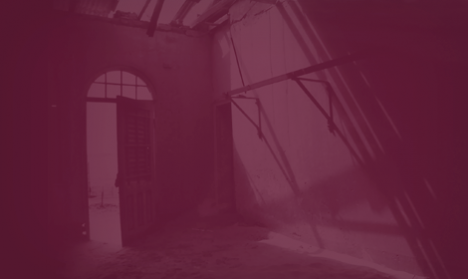

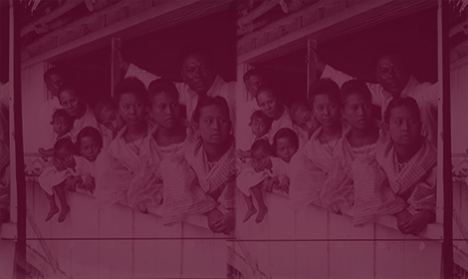
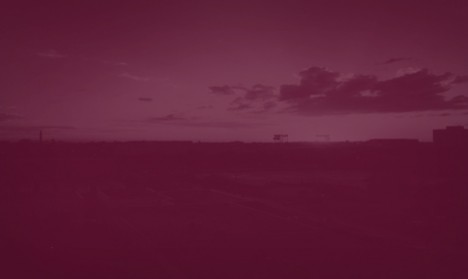

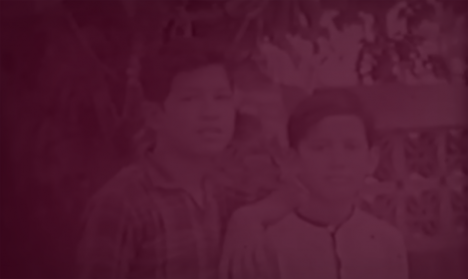
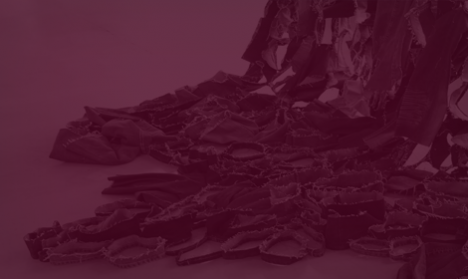
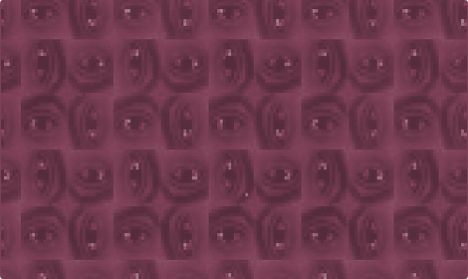
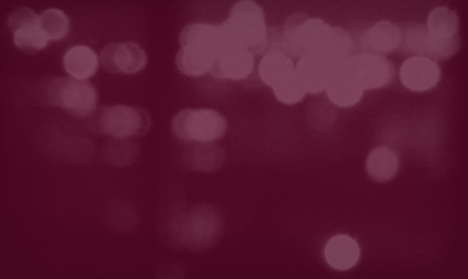
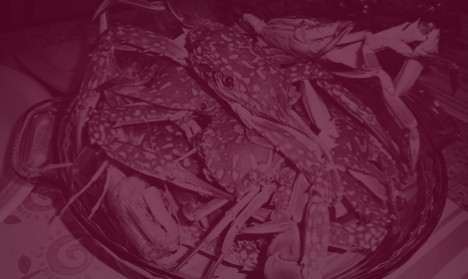
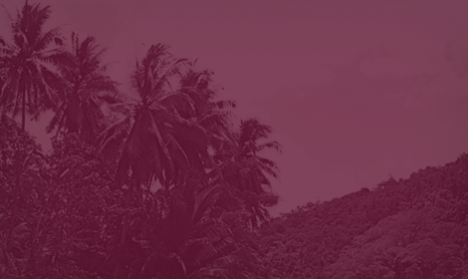
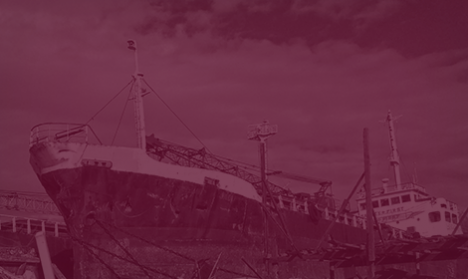
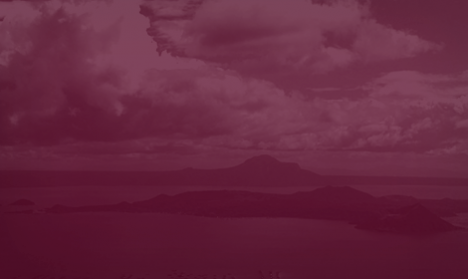
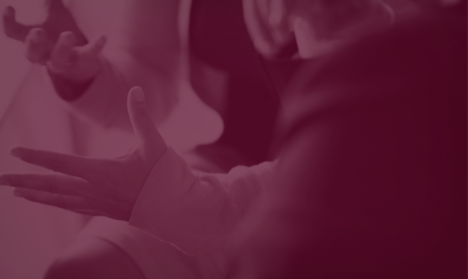
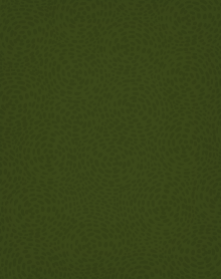
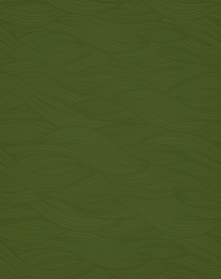
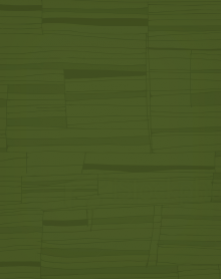
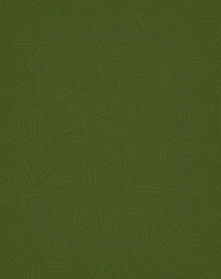
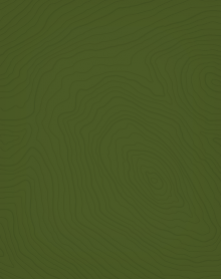
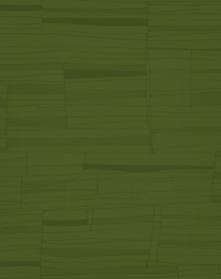
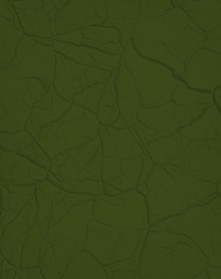
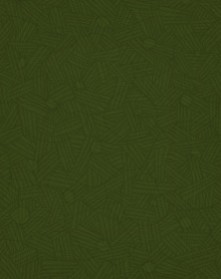
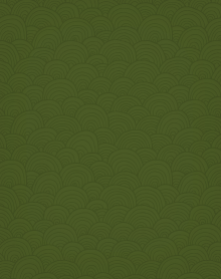

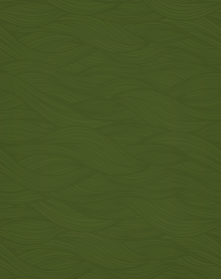
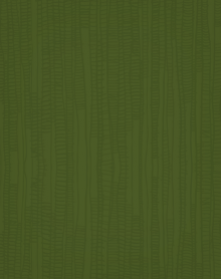

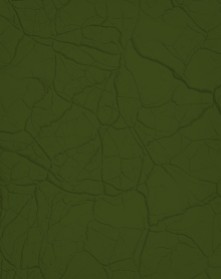
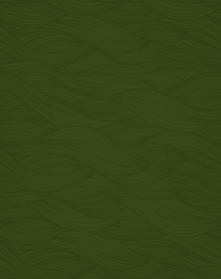
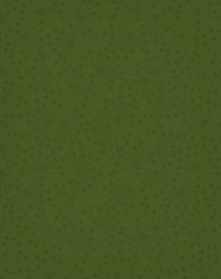
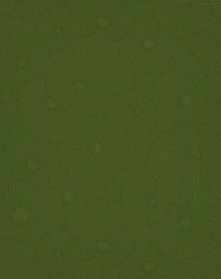
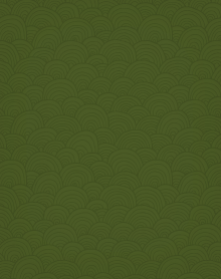
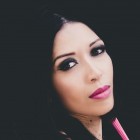
.jpg)
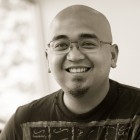
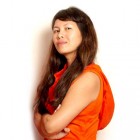
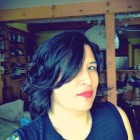
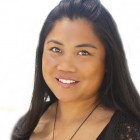
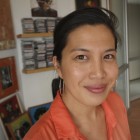
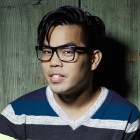
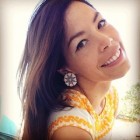

.jpg)
.jpg)
.jpg)

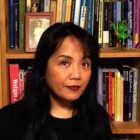
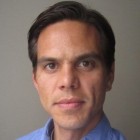
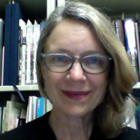
.jpg)


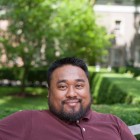
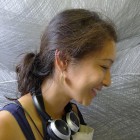

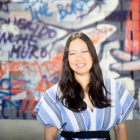
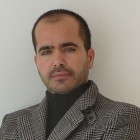
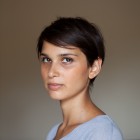
.jpg)
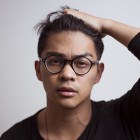
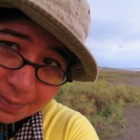
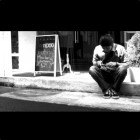
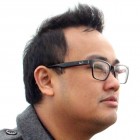
.jpg)

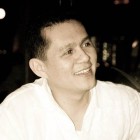
.jpg)
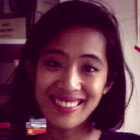
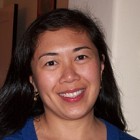
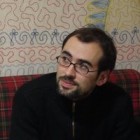
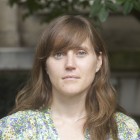
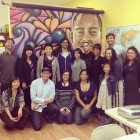
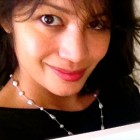
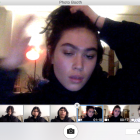
_Cropped.jpg)
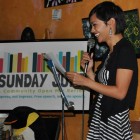
.jpg)
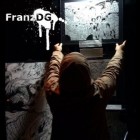
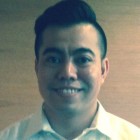
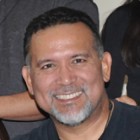
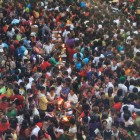

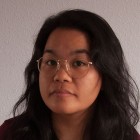
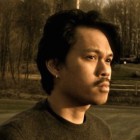
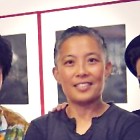
.jpg)
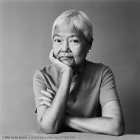
.jpg)

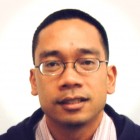
.jpg)
.jpg)
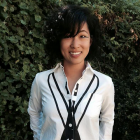
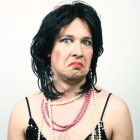

.jpg)
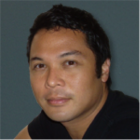

.jpg)
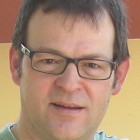
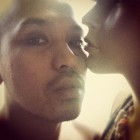
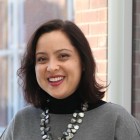
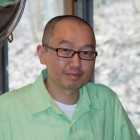
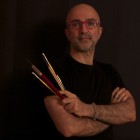
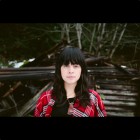
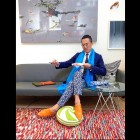
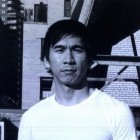
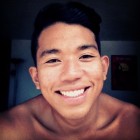
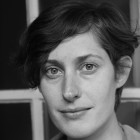
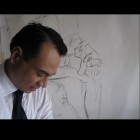
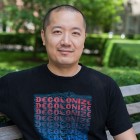
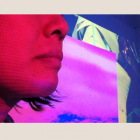
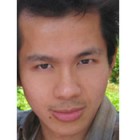
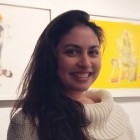
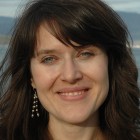
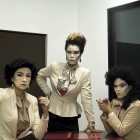
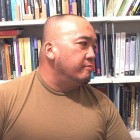
.jpg)
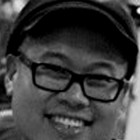


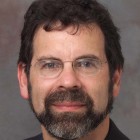
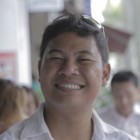
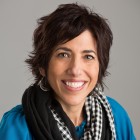
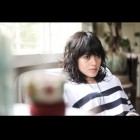
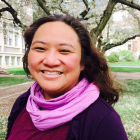
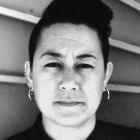
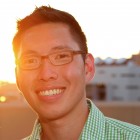

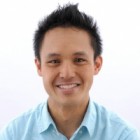
.png)
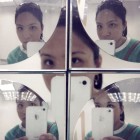
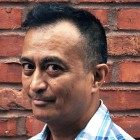
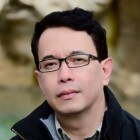
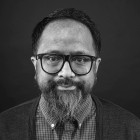
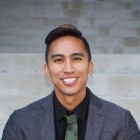
.jpg)

.jpg)
.jpg)
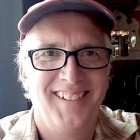
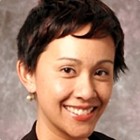
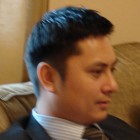
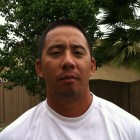
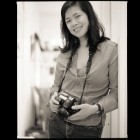
.jpg)
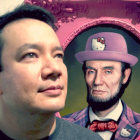
.jpg)
.jpg)
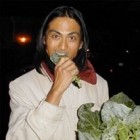
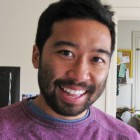

.jpg)
.jpg)
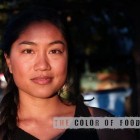

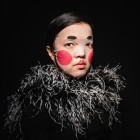
.jpg)
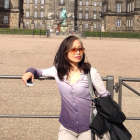
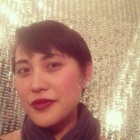
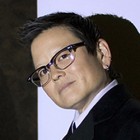
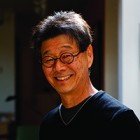

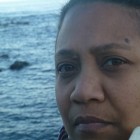
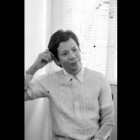
.jpg)

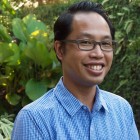
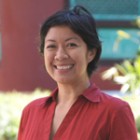
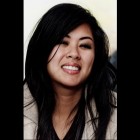
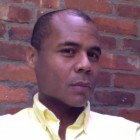
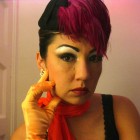
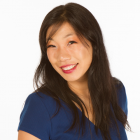
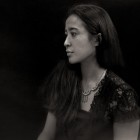
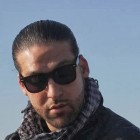
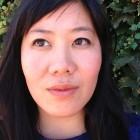

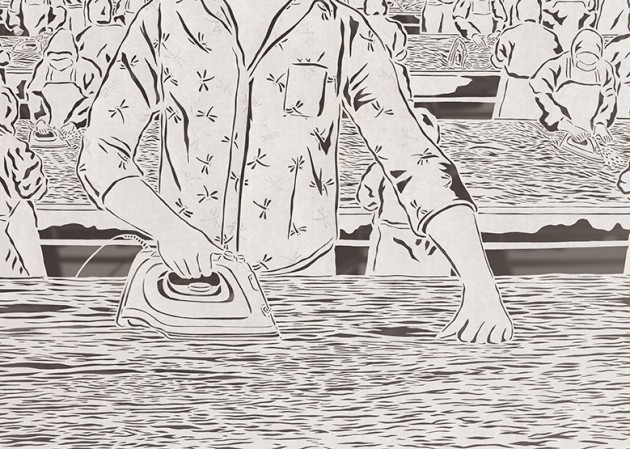

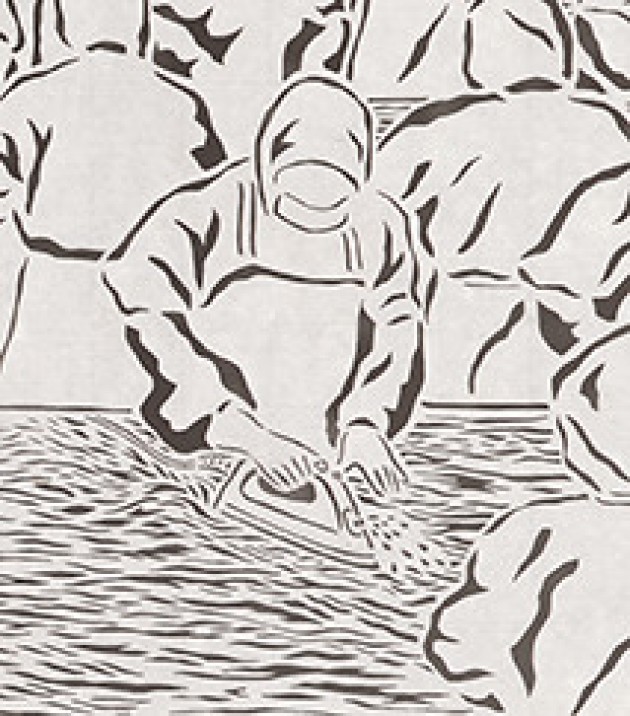
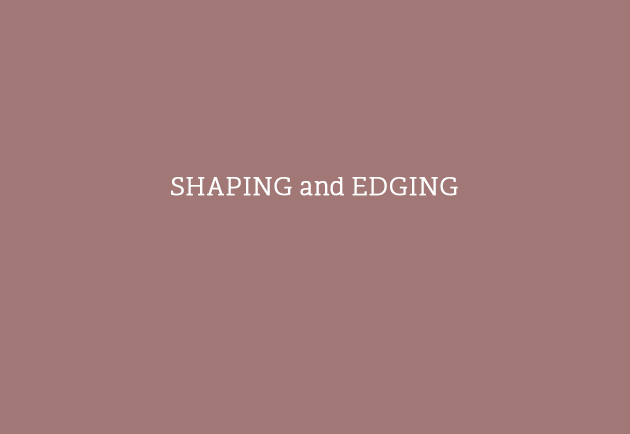
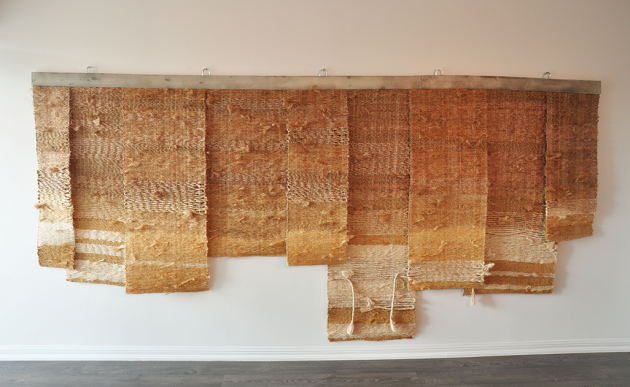

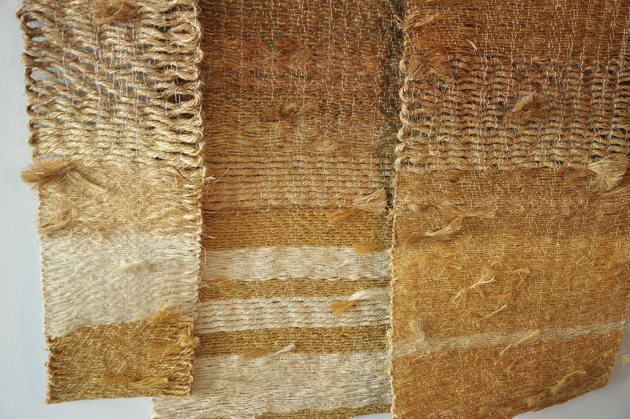
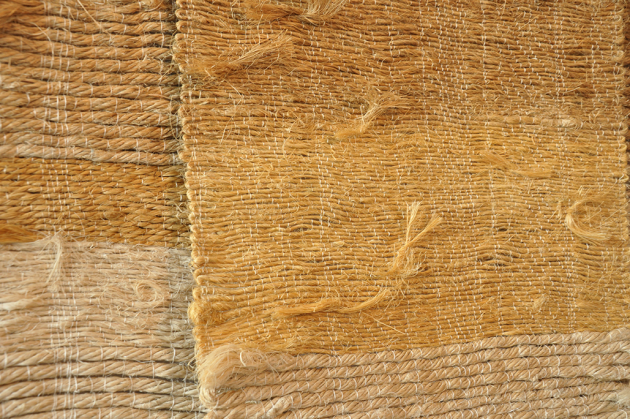
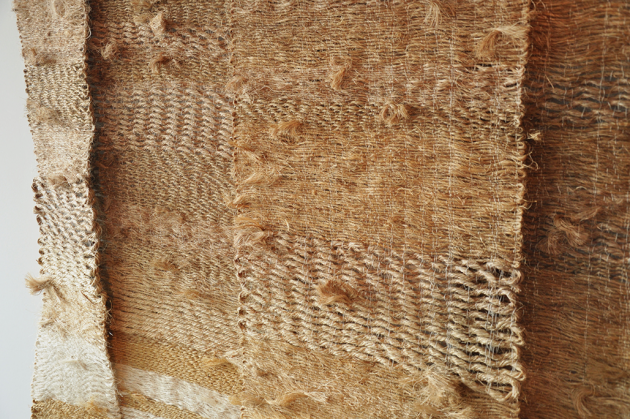
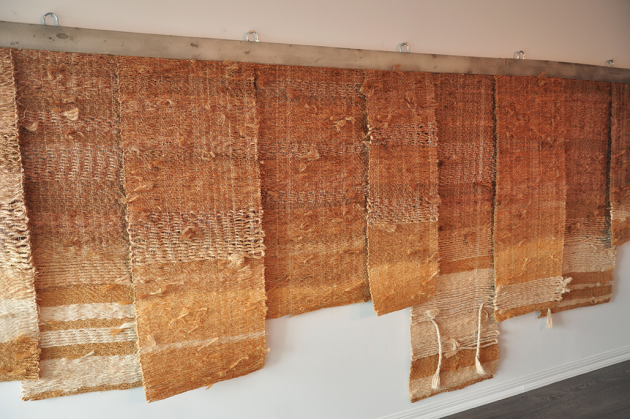
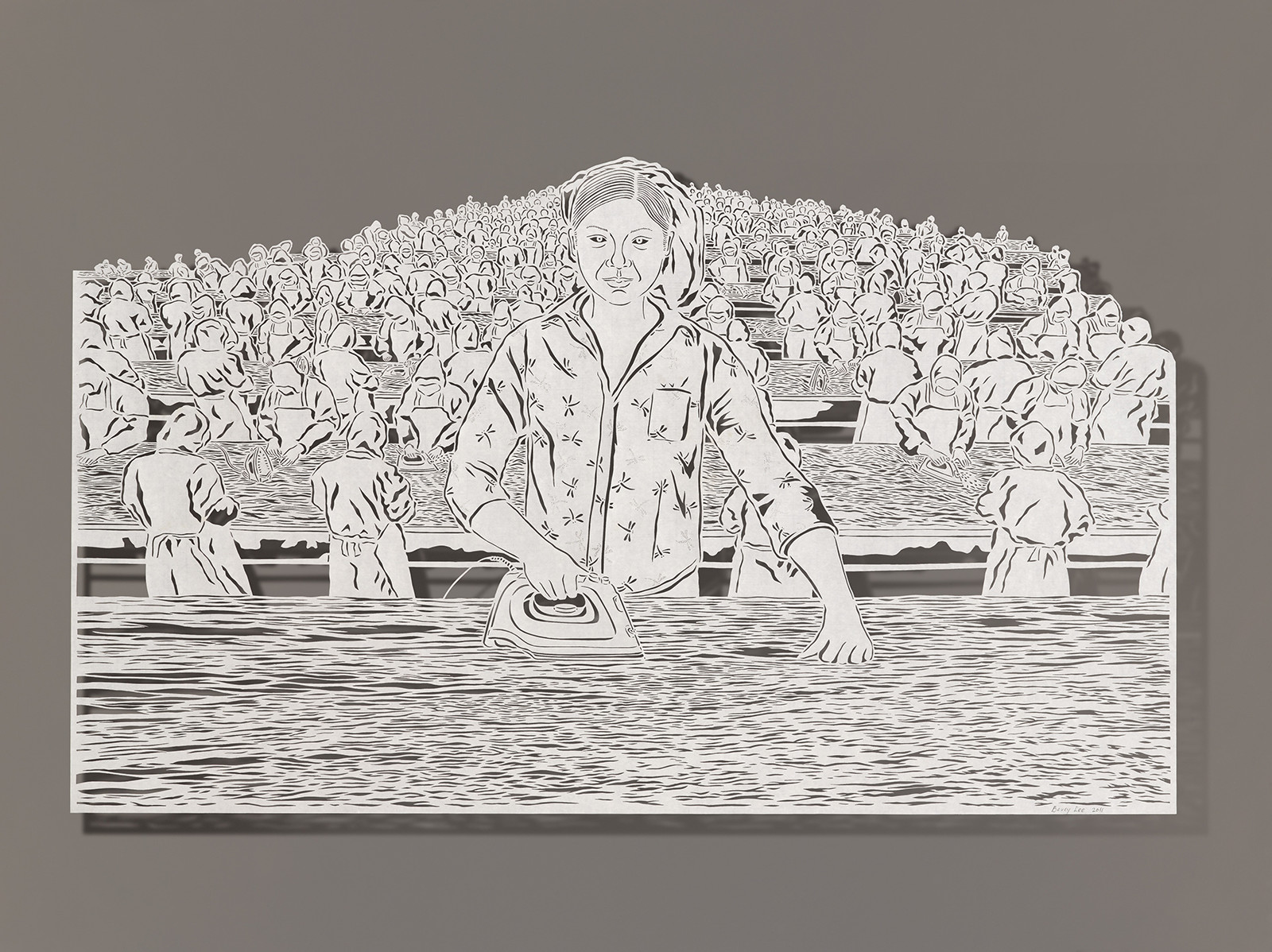








comments
X